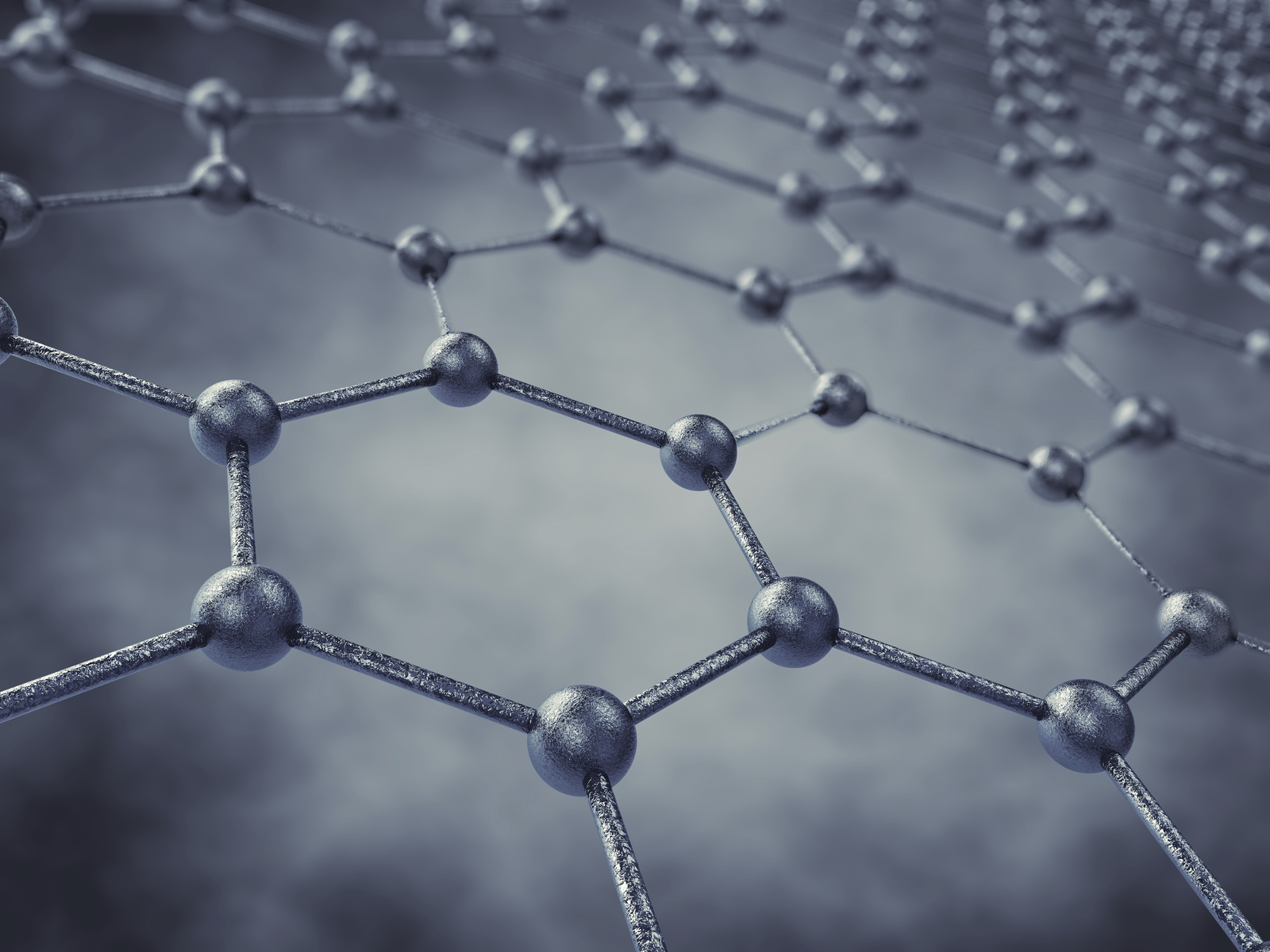Scientists who introduced laser-induced graphene (LIG) enhanced their technique to produce what may become a new class of edible electronics.
The chemists, who once turned Girl Scout cookies into graphene, are investigating ways to write graphene patterns onto food and other materials to quickly embed conductive identification tags and sensors into the products themselves.
“This is not ink,” says James Tour, chair of chemistry and professor of computer science and of materials science and nanoengineering at Rice University. “This is taking the material itself and converting it into graphene.”


 New graphene printing technology can produce electronic circuits that are low-cost, flexible, highly conductive and water repellent, researchers report.
New graphene printing technology can produce electronic circuits that are low-cost, flexible, highly conductive and water repellent, researchers report. Sensors on tape that attach to plants yield new kinds of data about water use for researchers and farmers.
Sensors on tape that attach to plants yield new kinds of data about water use for researchers and farmers. Pillared graphene would transfer heat better if the theoretical material had a few asymmetric junctions that caused wrinkles, report engineers.
Pillared graphene would transfer heat better if the theoretical material had a few asymmetric junctions that caused wrinkles, report engineers.